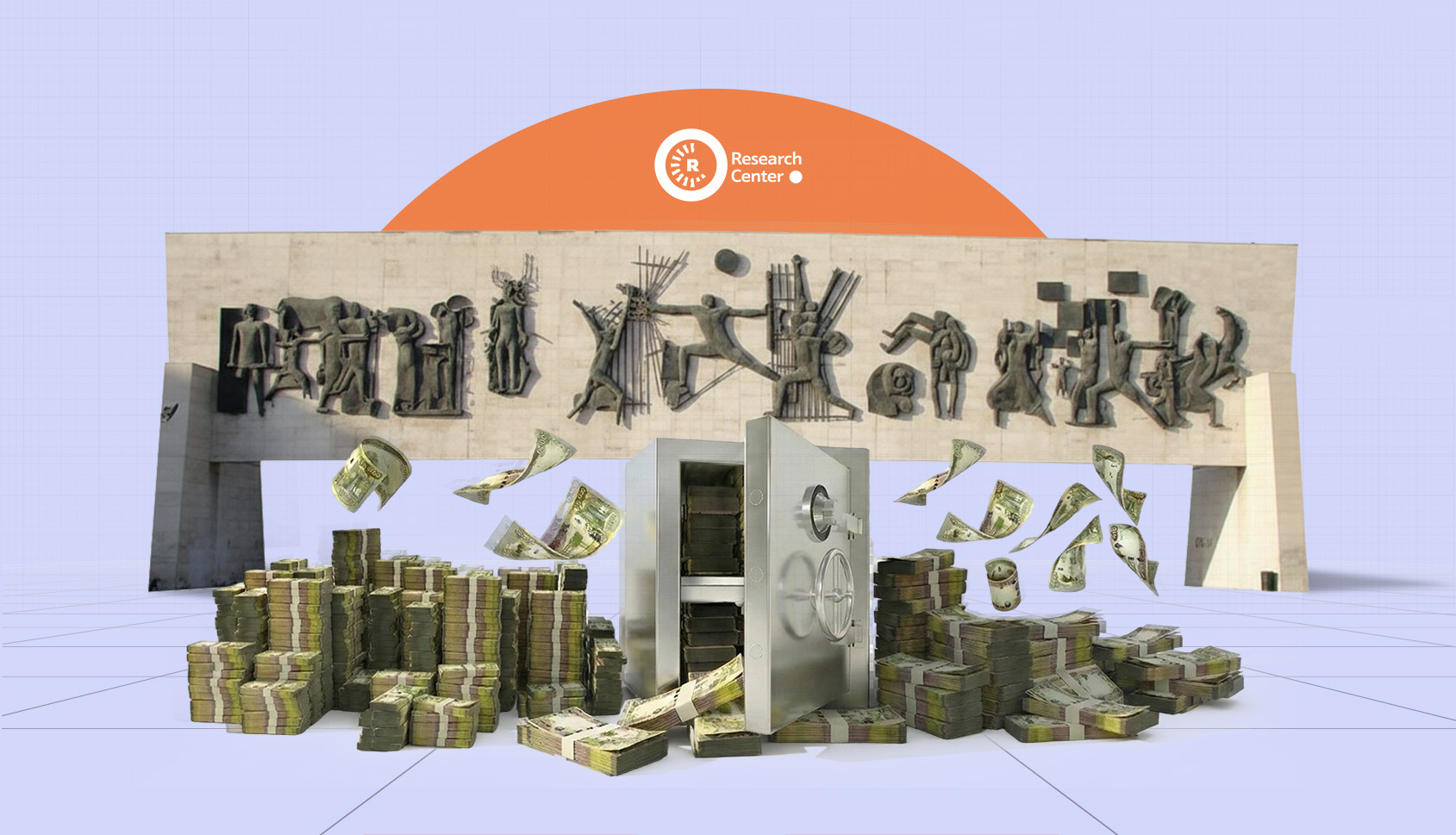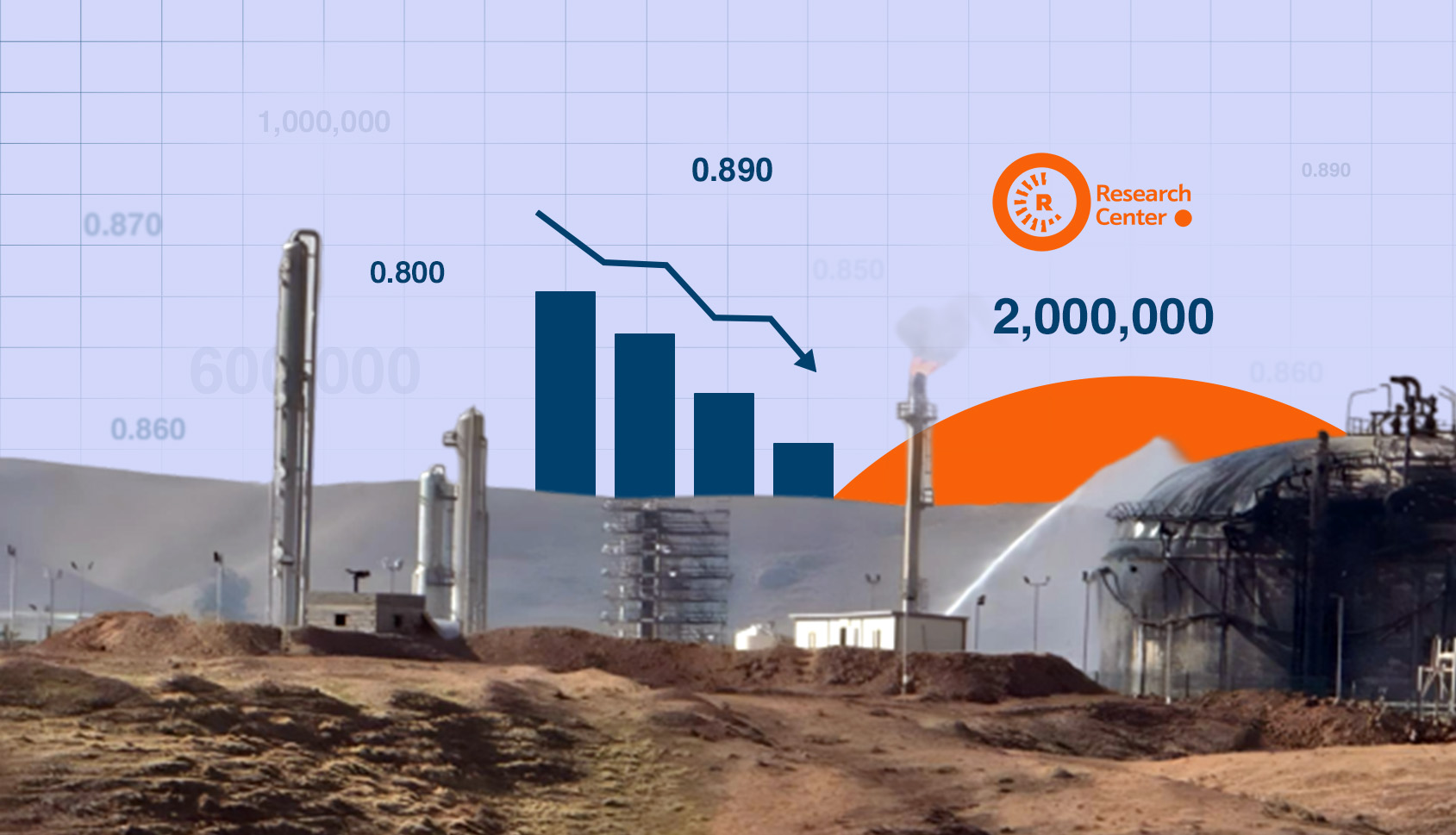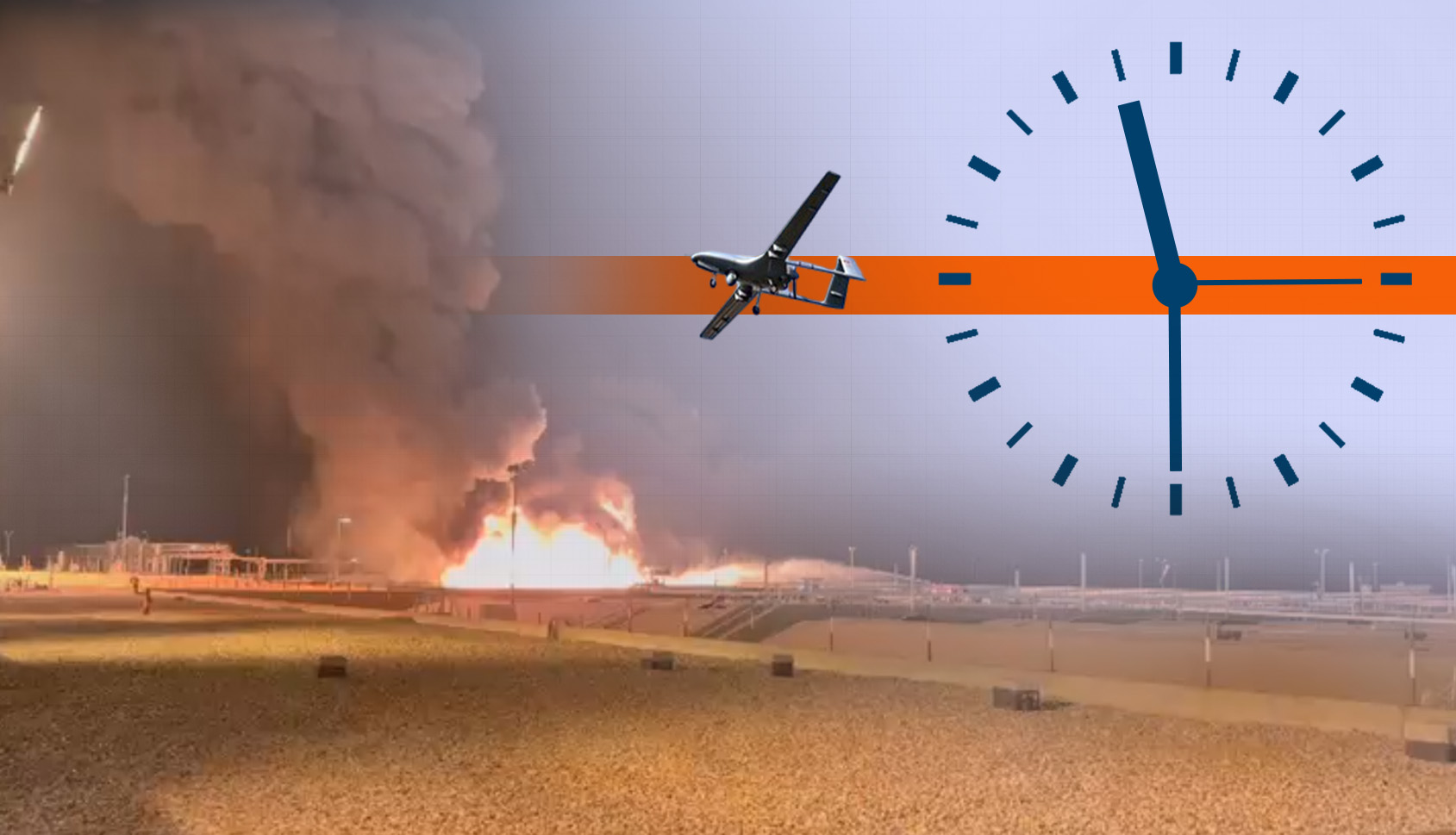RRC |
Kitab al-Mizan|
The Iraqi Council of Representatives voted on the new election law on October 29, 2020 and soon after that the Sunni political arena in Iraq witnessed a continuous movement of political blocs and parties in order to contest the parliamentary elections. And electoral alliances began to form to run in the elections scheduled for October 10.
The Sunni political map is being reconstituted by two main axes, the first being the “Azm” coalition led by the head of the Arab project, Khamis al-Khanjar, and the second is Takadum coalition led by the current parliament speaker, Muhammad al-Halbousi. These alliances face a sharp rejection due to the failure to form a coalition of one president, as happened in most of the previous elections, as well as their futility and rapid disintegration after the formation of the government.
The two alliances entered into a frantic competition to attract the largest number of parties and entities to it, in addition to the existence of small alliances at the level of one governorate between political and parliamentary figures.
These Sunni political groups have a great interest in raising the number of Sunni seats in the next parliamentary session, in order for them to have role in managing and legislation, and this necessarily affects all political aspects and parties.
The population of Iraq now reached 40 million and 150,000 people, and according to official statistics of the High Independent Electoral Commission, 25 million and 375,000 people are entitled to participate in the elections.
These alliances began to be formed in two ways:
First: Unannounced alliances “the way of serving”
This is the method of common interests and started from the day the electoral districts were distributed “The upcoming elections, its strategy is based on electoral servicing that takes place between the political blocs and presenting one candidate for each region so that this candidate does not affect the number of votes.”
Where the influential political blocs in the political scene fought a strong movement in order to distribute these electoral districts according to the power of these figures and political blocs enjoy
Indeed, the electoral districts were distributed according to what the influential political actors wanted such: Sairoon, Takadum, Al-Fatih, and Nawab.
The Iraqi governorates each divided into 3 districts, or 5 districts, and some more.
Second: the declared method
After the electoral districts were distributed in all the governorates, the parties and blocs set out to move to conclude new interim alliances aimed at winning the electoral seats.
These announced alliances are subject to the elections and soon you will see them evaporate after the elections and they will go to make new agreements to form the government, and we will talk about the two methods and apply them on Saladin Governorate.
In Saladin Governorate, competition varies from one bloc to another and from one party to another, from 2008 to 2019 the governorate completely dominated by one party led by MP Ahmed Abdullah Abd known as ‘’Abu Mazen”
This domination of Abu Mazen had influence in the distribution of electoral districts. And the electoral districts in Saladin divided into 3 electoral districts:
1- Tikrit
The boundaries of the district: north of Baiji, south of Balad, east of the Hamrin hills, Kirkuk, west of Al-Tharthar and the Sahara.
It includes the following areas:
Tikrit 90,300 voters
Samarra 156102 voters
Ishaqi 26,397 voters
Aldor 25,951 voters
This constituency included new alliances and independent candidates, among the most prominent alliances in this district are “Takadum, Al-Azm, Tishreen parties, Nazil akhz haqi.”
The Takadum came down with three candidates, two men and a woman, and Azm has the largest share and weight of the candidates in this constituency as candidates are representatives and politicians. And the coalition of ‘’our people are our identity’’ came down with one candidate, which is the first deputy governor of Saladin, which also competes with small parties such as “the Civil Party, the New Iraq Gathering, the Iraqi Promise’’.
With regard to independent candidates, the most prominent candidate is Tariq Al-Fahd, who enjoys great acceptance and competes with all candidates in this constituency.
2- Balad
The boundaries of the district: north of Al-Ishaqi district, south of Al-Abayji and the Hazam-Baghdad, east of Diyala and Kirkuk, and west of Anbar. It has 4 seats, 3 men, and quota.
It includes the following areas:
Balad 68,304 voters
Yathrib 29,753 voters
Dujail 56134 voters
Aldor 16,645 voters
Dhuluiya 31458 voters
Tuz Khurmato 114,455 voters
The Azm alliance in this district competes with moderate popular political figures, while the Takadum alliance entered the competition arena with the strongest personality, which is the governor of Saladin “Ammar al-Jabr” and the competition was limited to the personality of the governor and another average popular candidate. The Kurdistan Democratic Party entered the competition with one candidate, the Kurdistan coalition (PUK and Gorran) entered with two candidates, the Turkmen United Front entered with one candidate, the State of Law and the al-Nasr coalition each entered with one candidate as well.
But the Al-Fatih coalition is competing with political figures who have sectarian weight in addition with MPs, the Sadrist bloc competes with the support of one figure within this constituency. And independent candidates in this district such as Sheikh Ammar Hikmat Al-Baldawi, the second deputy to the governor of Saladin who enjoys popular weight and influence as he is the nephew of Iraqi Prime Minister Mustafa Al-kadhimi and some small parties such as “The National Approach, the National Loyalty Movement, Our Peoples are Our Identity.” Have candidates as well.
3- Al-Shirqat
The boundaries of the district: north of Qayyarah, Nineveh, south of Tikrit, east of the Hamrin hills, west of Anbar desert. It has 4 seats, 3 men and quota.
It includes the following areas:
Shirqat 115,558 voters
Baiji 119997 voters
Al-A’lam 50,000 voters
The awareness movement (al-wa’ai) has one candidate, and this movement is considered one of the new emerging parties. The People of Shirqat Party has three candidates, two men and a woman, and this party is also considered one of the local parties for the district of Shirqat.
And the Alliance of Our Peoples are Our Identity, headed by Ahmed al-Jubouri Abu Mazen, came down with four candidates, including the head of the coalition, after accepting the appeal decision that was issued in his favor. And Azm entered with political figures, including MPs and local political figures. And the national project headed by Jamal Al-Dari is competing with only one candidate. And Takadum with two candidates, a woman and man.
Finally, the mood of the Iraqi voter and the election results remain dependent on the extent of the Iraqi government’s ability to provide a safe and fair environment away from uncontrolled arms and loose political money. And also depend on the extent of the international community’s response to creating conditions that undermine counterfeiting through international supervision.






